Genomics, Proteomics, and Metabolomics
DNA has the blueprint of life. Enumerating the bases that make up the genomes of all organisms continues to be a monumental effort in biology, in a quest to understand life better. The ability to read out sequences cheaply and in a massively parallel manner has changed the way we do biology. Fundamentally, it gives us the ultimate picture of our makeup and our relationships with all the other species. Genomes are a snapshot of evolving species, helping us understand the evolutionary processes and adaptation. Mutations lead to many human diseases. Sequencing can not only help diagnose diseases, but also aid in understanding the molecular mechanisms underlying disease states.
Perhaps the most unexpected use of genomics has been its use as a counting device for DNA and RNA, furthering the study of molecular biology at a systems scale. Apart from counting RNA by converting them into DNA, genomics also has been instrumental in characterizing genomic protection by proteins that control which regions of the genome are active. Sensitive measurement of RNA has enabled catching RNA polymerases in the act of transcribing the genome . Research in our Department has pushed genomics beyond usual molecular biology applications by developing methods to sensitively measure enzyme activity in single cells . Our department is at the cutting edge in developing genomic technologies with applications ranging from structural epigenomics to how RNA modifications affect the aggressiveness of a cancer cell, to RNA stability, function, and structure.
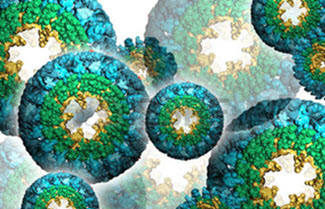

Faculty with Research in this Area
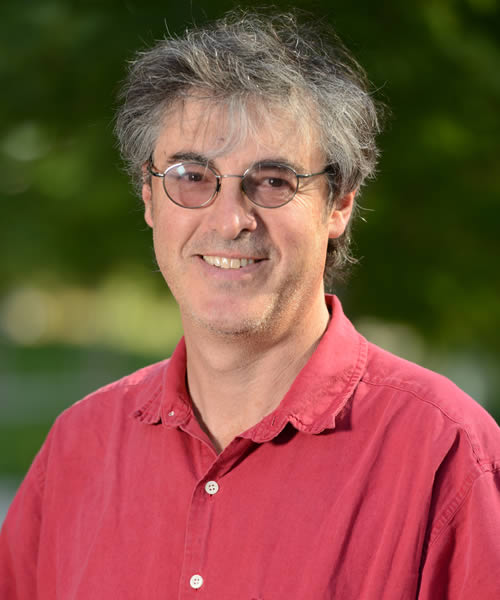
David Bentley, PhD
Messenger RNA Production by RNA polymerase II

Julia Promisel Cooper, PhD
An expanded view of telomeres and their roles in safeguarding genome stability
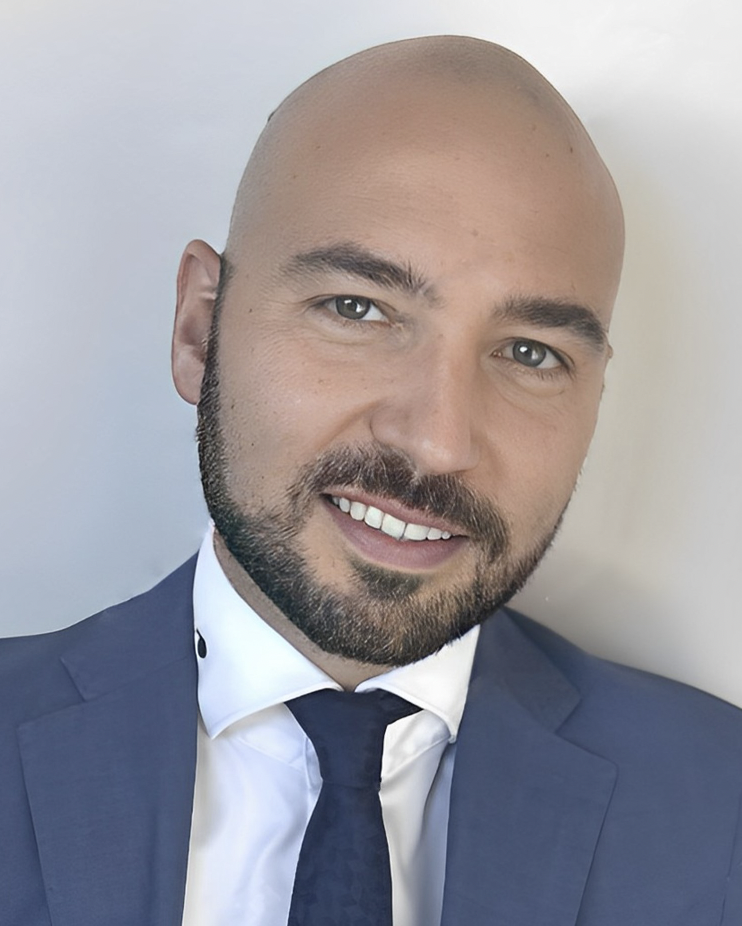
Angelo D'Alessandro, PhD
Cancer metabolism and (red) blood cell biology
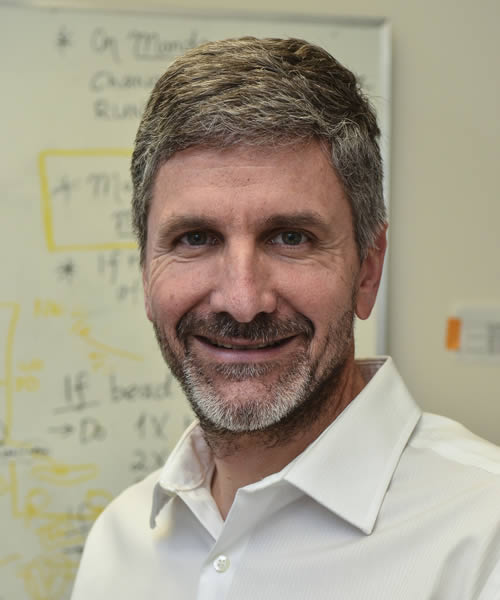
James DeGregori, PhD
Cancer: understanding its evolution and targeting its dependencies

Kirk Hansen, PhD
Quantitative and functional proteomics, extracellular matrix processing and organization

Lydia Heasley, PhD
Molecular causes and phenotypic consequences of the broadly defined family of genomic features known as structural variations (SVs)

Jay Hesselberth, PhD
Nucleic acid repair

Sujatha Jagannathan, PhD
mRNA surveillance in health and disease
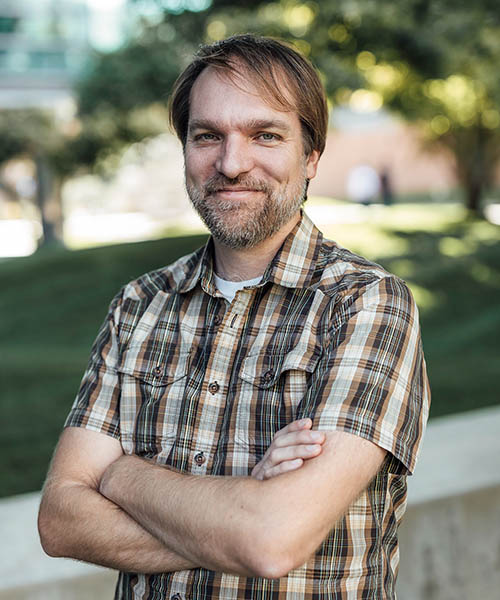
Aaron Johnson, PhD
Mechanisms of chromatin-mediated gene silencing

Neelanjan Mukherjee, PhD
The dynamics of RNA regulatory networks

David Pollock, PhD
Protein structure, function and sequence evolution

Srinivas Ramachandran, PhD
In vivo nucleosome structure and dynamics
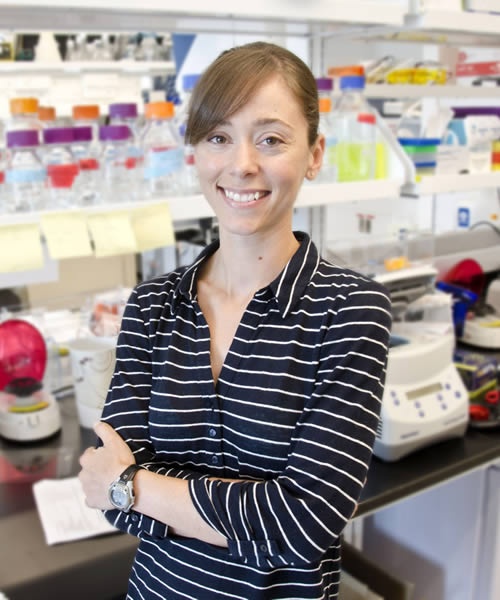
Olivia Rissland, PhD
RNA stability and translation

Matthew Taliaferro, PhD
Subcellular RNA localization

Ning Zhao, PhD
Developing technologies that enable tracking the full life cycle of proteins